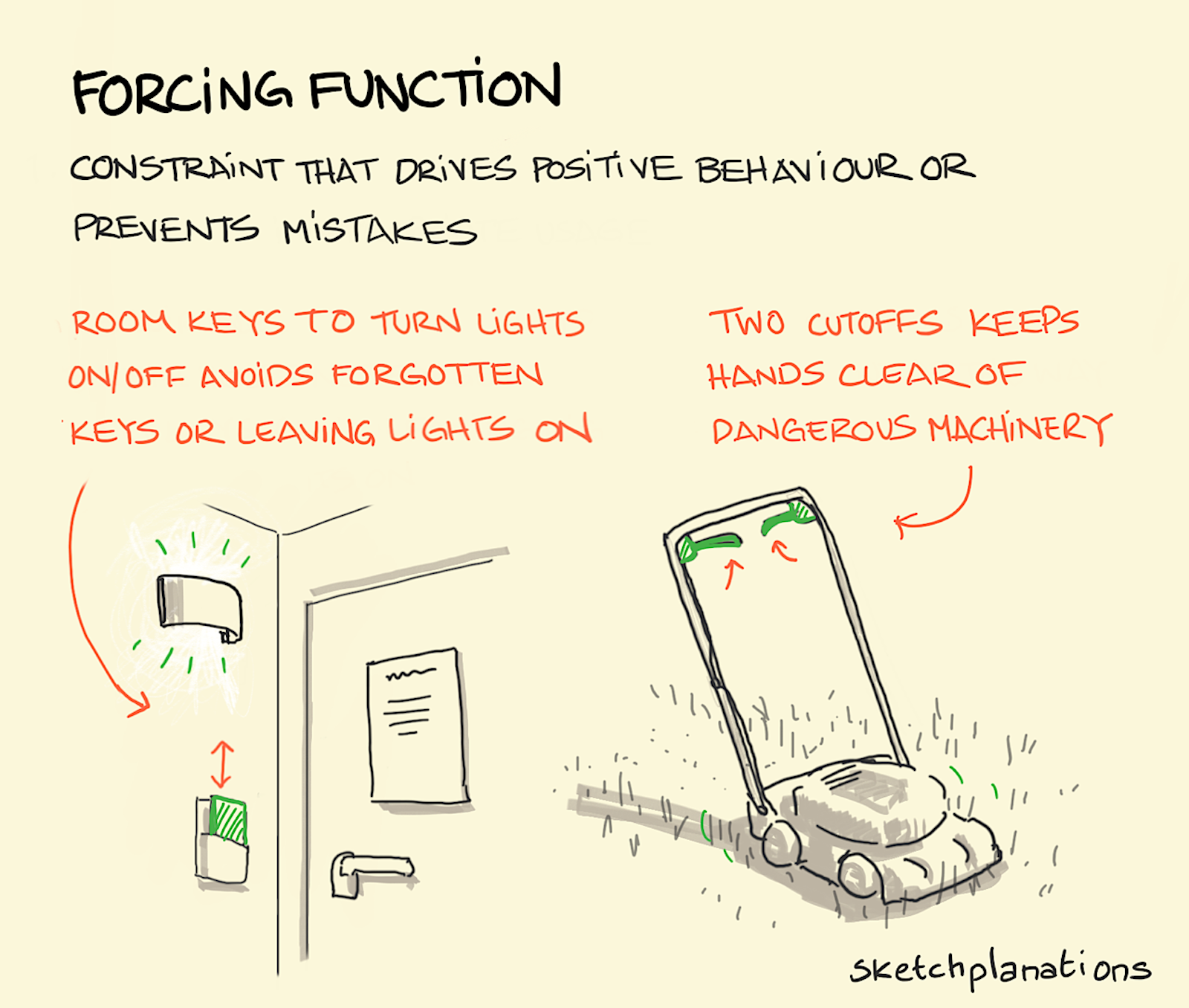
The 5 Gift Guide for Christmas
If you're a parent or buy presents for kids, perhaps Christmas brings mixed feelings. While we love spending time with family, playing together, and taking a break, Christmas gift-giving easily brings some stress and anxiety (one of the reasons that Thanksgiving is so good).
This list from Pragmatic Parent is a potential antidote to the consumerism that can overtake at Christmas. The idea is to give one gift to each child in five categories: Want, Read, Wear, Need, and Do.
8x Christmas-As-Magic
No one wants a Dudley Dursley on his birthday, "Thirty-six. That's two less than last year!"
But at the same time, as a parent, you may have nostalgia for your Christmas or holidays as a child and want to create the same for your children.
Paul Graham wrote in an essay Life is Short:
"Having kids showed me how to convert a continuous quantity, time, into discrete quantities. You only get 52 weekends with your 2-year-old. If Christmas-as-magic lasts from, say, ages 3 to 10, you only get to watch your child experience it 8 times. And while it's impossible to say what is a lot or a little of a continuous quantity like time, 8 is not a lot of something."
So, while, as parents, you may be working to make it memorable, at the same time, some things can easily get out of kilter. Here are some thoughts that cross our minds:
It's easy to think that we're buying more and bigger gifts each year. And we want to ensure this year's presents are as good as last year's to avoid disappointment. It's easy to look at a pile of assembled presents and think, "We never had this much as kids!". And sometimes, the big ticket item we bought at great expense didn't provide nearly as much joy as racing around the house with family at Christmas. We wonder if it was really needed after all.
It's easy for Christmas gift-giving to seem out of control.
The 5 Gift Guide: Want, Read, Wear, Need, Do
Years ago, I learned about this list from Corinne at Pragmatic Parent, which tries to redress some of the balance at Christmas—keeping Christmas wonder while also keeping it sane.
The idea is to get one gift in each of the 5 categories: Want, Read, Wear, Need, Do.
Something I want can still be the classic Christmas big ticket item that you dream about getting as a kid. This could be a big toy, Lego set, video game, or new bike...
Something I need could support a hobby, some sports equipment, a musical instrument, maybe headphones. Or it could be something they need for school—a smart set of pens or pencils or pencil case, perhaps.
Something to wear is an opportunity to get something that makes them feel good daily.
Something to read might be a book, magazine, comic, or subscription.
Something to do could be a game, tickets to a film, a day out or visiting somewhere new.
In a later iteration of the list, Corinne added a 6th item, "Something for my family", for an activity everyone can do together.
A Less Materialistic Christmas
The 5-Gift Rule for Christmas is a potential way to reduce some of the consumerism associated with Christmas and adopt a more minimalist approach.
It promotes useful gifts that won't gather dust after the excitement of the holidays has passed.
It encourages gratitude for what we receive and minimises pining for what we don't.
It also suggests gifts that create experiences for the receiver and the family—one of the best ways to spend our money.
Full disclosure: Though we think about the list, we've yet to adopt it wholesale. But it's a handy framework for considering different types of gifts that your children may value. It reminds us to focus on more meaningful and thoughtful gifts and experiences with less accompanying stuff.
Related Ideas
Also see:




